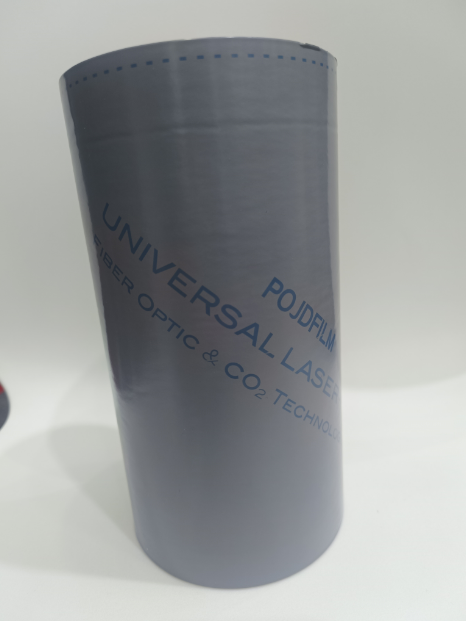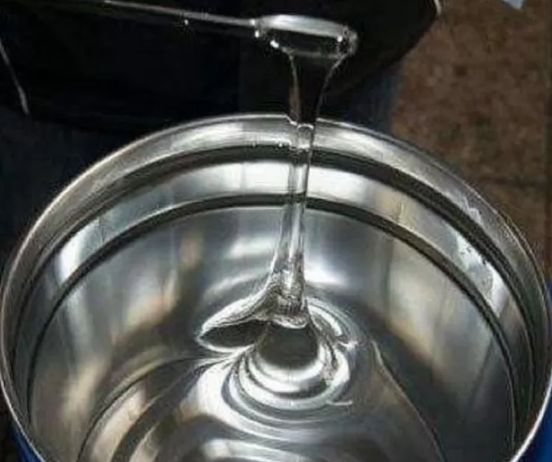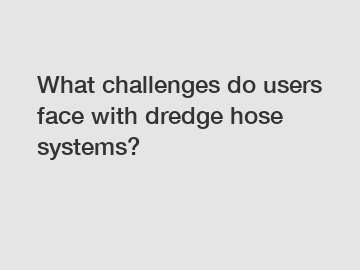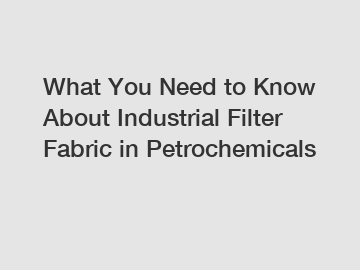The Basics of Laser Cutting Protective Films
A laser cutting protective film, commonly known as a laser cutting mask or laser cutting tape, serves as a temporary protective layer on materials during the laser cutting process. Its primary purpose is to prevent damage or contamination of the material's surface and ensure precise and clean laser cuts. Here's how it works:
Material Protection: The laser cutting protective film is applied to the surface of the material to be cut, such as metal, plastic, or acrylic. This film acts as a shield to protect the material from any potential harm during the laser cutting process.
Laser Absorption: Laser beams, when focused on the material, generate intense heat that vaporizes or melts the material along the cutting path. However, this process can also scorch or discolor the material's surface.
Selective Absorption: The laser cutting protective film is specially designed to absorb or reflect the laser energy. It allows the laser beam to penetrate and cut through the material underneath while preventing excessive heat or residue from affecting the material's surface.
Clean Cuts: By masking certain areas of the material with the protective film, clean and precise cuts are achieved without charring, discoloration, or contamination. This is particularly important in applications where the appearance and quality of the cut edge are critical, such as in the automotive or electronics industries.
Easy Removal: After the laser cutting process is complete, the protective film can be easily removed without leaving adhesive residue or causing any damage to the material. The result is a material with a clean, unaltered surface finish.
The Basics of Laser Cutting Protective Films
A Protective Barrier
At its core, a laser cutting protective film serves as a barrier between the intense laser beam and the material being cut. This film is meticulously engineered to provide a shield against potential damage, preserving the quality and precision of the cut. By acting as a protective layer, it prevents scratches, debris, and contaminants from affecting the surface of the material during the cutting process.
See also:How To Pick The Right High-Pressure Hose For You
Is Paint Protection Film Worth It? The Key to Protecting Car Paint
Single-Phase Immersed Dielectric Coolant: An Advanced Cooling Solution
How to Choose a Polyester Mesh Belt for Paper Machines
Why Polyester Mesh Belts Are Game Changers?
4 Tips to Select a Polyester Mesh Belt for Food Drying Machines
Maximize Efficiency with Polyester Mesh Belts for Food Drying
Material Compatibility
Laser cutting protective films are designed to be compatible with a variety of materials, including metals, plastics, and composites. This versatility is crucial as different materials may require specific properties in a protective film. The film must not only provide effective protection but also ensure that it does not interfere with the properties of the material being cut.
The Working Mechanism
Advanced Features of Laser Cutting Protective Films
As technology evolves, so do the features of laser cutting protective films. The latest advancements in protective film technology offer additional benefits that enhance the overall laser cutting experience.
Self-Healing Properties
Some cutting-edge protective films come with self-healing properties. This means that minor scratches or abrasions on the film can automatically repair themselves over time. This self-healing capability contributes to the longevity of the protective film, ensuring that it maintains its effectiveness over multiple cutting sessions.
Anti-Static Coating
To address the issue of static electricity, which can attract dust and debris, certain protective films are equipped with anti-static coatings. This feature helps to create a controlled environment, minimizing the risk of contamination during the laser cutting process.
Conclusion
In conclusion, the functionality of a laser cutting protective film goes beyond being a mere shield; it is a key enabler of precision in laser cutting processes. From basic protection against scratches to advanced features like self-healing and anti-static coatings, these films contribute significantly to the efficiency and longevity of laser cutting operations.
To explore the extensive benefits of laser cutting protective films and integrate them seamlessly into your precision engineering processes, contact us. We are your trusted partner in providing high-quality protective films that enhance the precision and durability of your laser cutting applications.
If you're seeking a reliable laser cutting protective film supplier that prioritizes quality and customization, look no further. Choose us for cutting-edge protective films tailored to meet the unique demands of your laser cutting operations.
See also:Maximize Efficiency with Vacuum Filter Belts in Petrochemicals
The Benefits of Using Solar Panels in Residential Energy Solutions
Automotive Air Conditioning Hoses vs. Fittings: Which Matters Most?
2024 Guide to Automotive Air Conditioning Hoses and Fittings
The Ultimate Guide to Alkali Resistant Conveyor Belts
Top Benefits of Alkali Resistant Conveyor Belt in 2024
How Does Reinforcing in Electrical Cables Work?
None
Related Articles












Comments